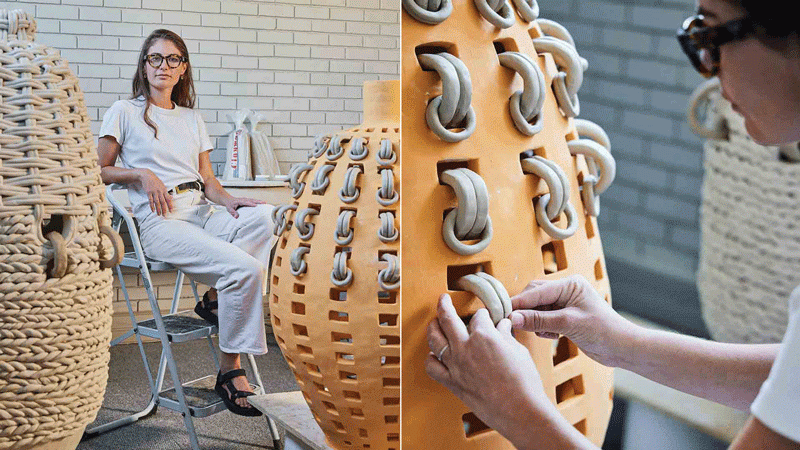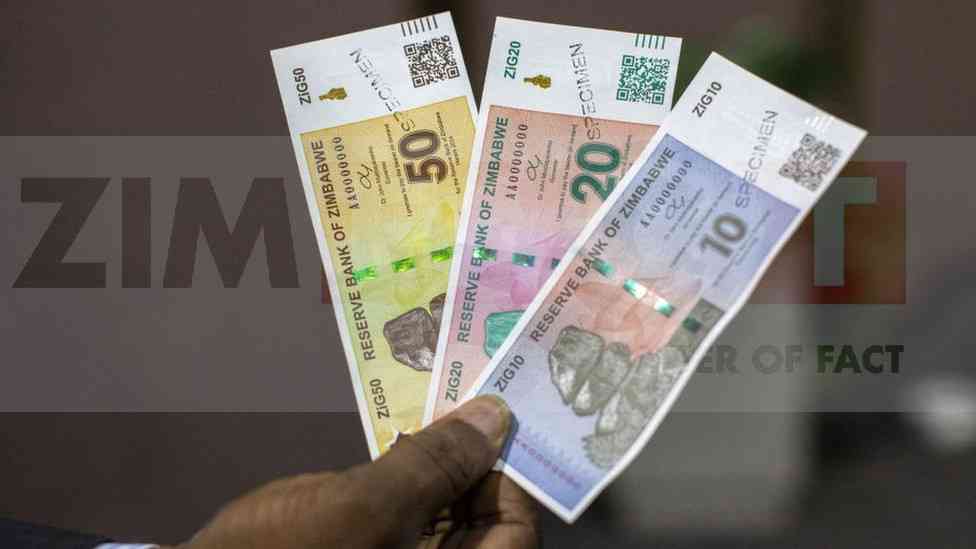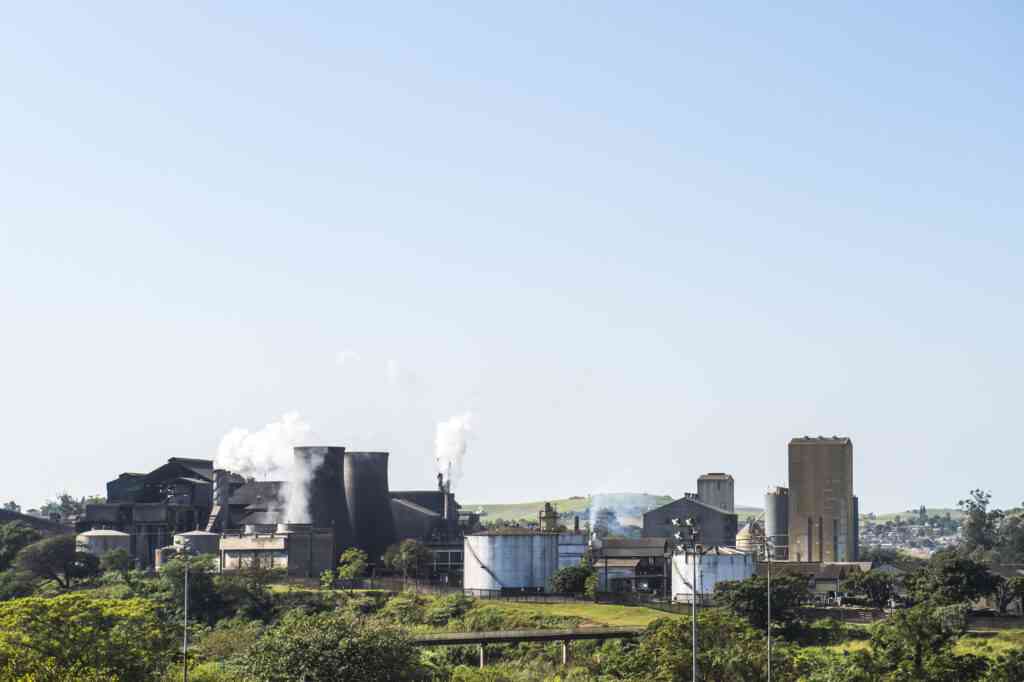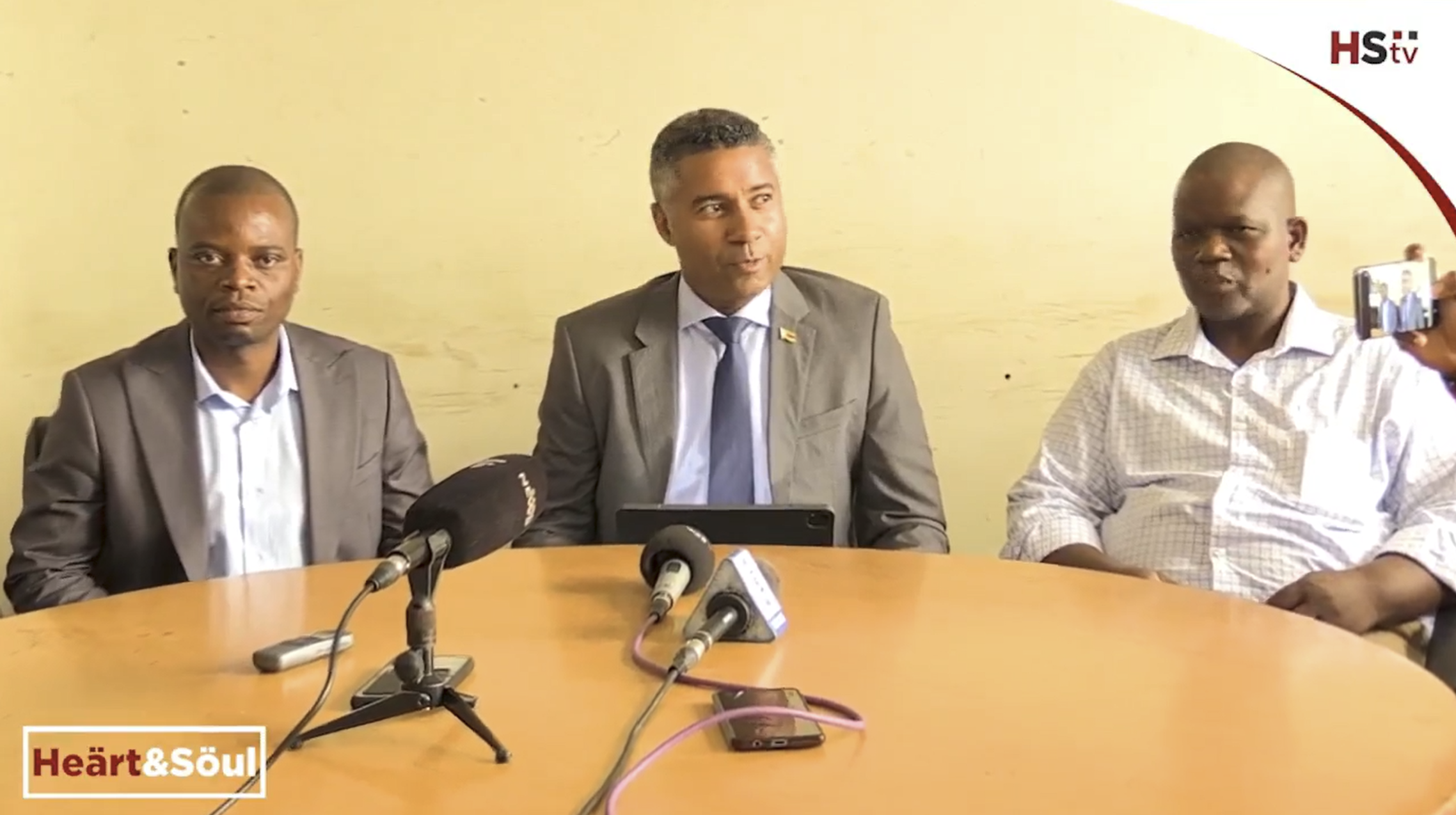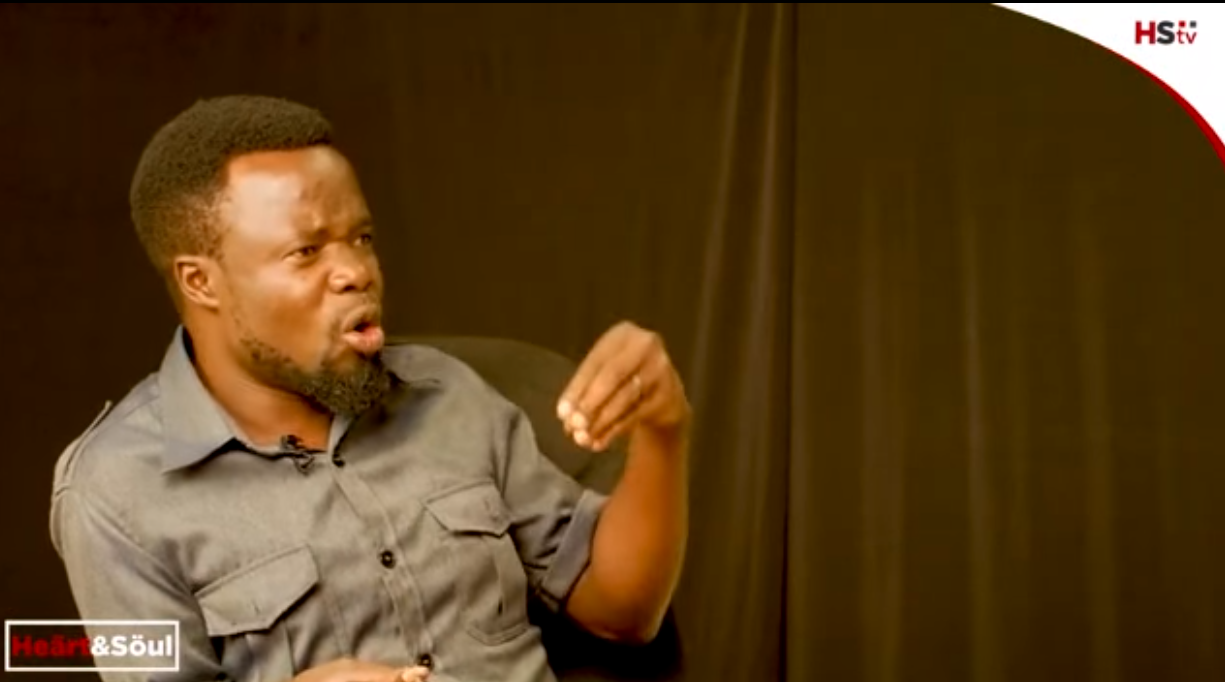SOUTHERN Guild gallery opens Invisible Hand, a solo exhibition of large-scale ceramic art pieces by Xanthe Somers, at their Cape Town location.
The art exhibition started running on August 29 and will end on October 31, 2024.
Currently based in London, Somers is a Zimbabwean ceramic artist whose work is a critical reading of extraction economies and notions of domesticity within postcolonial contexts, with a particular interest in her native land.
Comprising three oversized vessels made during her stay at the GUILD Residency at Southern Guild earlier this year, her new series is a compelling exploration of history, craft and identity.
Invisible Hand brings to the fore, undervalued yet crucial craft practices traditionally labelled as “women’s work”, such as weaving, sewing, stitching and mending.
- Triangle retrenches as economy bites
- Caledonia in US$42 million capex drive for 2025
- Mukuru launches mobile wallet in Zim to bolster financial inclusion
- Economy heads for a bloodbath: Biti
- NBS completes Glaudina housing project ahead of schedule
“These activities, often dismissed as mere pastimes or hobbies, hold significant cultural and artistic value in both public and interior spaces. The title references economist Adam Smith’s theory of the free market, which suggests that the pursuit of self-interest by individuals, corporations and legal entities indirectly benefits society as a whole, leading to economic growth and prosperity without the need for centralised coordination or direction. By using this title to make visible labour and efforts that are commonly devalued, Somers reaches for epistemological justice, questioning how ‘free’ the market actually is,” the gallery states.
Utilising techniques rooted in indigenous Zimbabwean artistry, this body of work is situated within the political and historical context of Binga, an area in Zimbabwe deeply affected by the colonial construction of Lake Kariba.
Created by the erection of the Kariba Dam on the Zambezi River between 1955-1959, Lake Kariba is the world’s largest artificial lake by volume.
Its creation submerged vast tracts of land, altered natural habitats, affected local wildlife and displaced over 57 000 riverine people from both sides of its banks.
Employing basket-making methods from this region and translating them through the language of clay, the sculpture artist utilises weaving as both a metaphor and a mnemonic device.
Clay as a medium carries a specialised capacity to hold memory and articulate notions of the domestic realm.
So too, the stoneware objects that occupy the space.
The individual vessels, mammoth in scale, inherit their titles from American author Lucy Larcom’s 1868 poem Weaving.
Larcom draws upon her experiences as a factory worker in antebellum Massachusetts, guiding readers through the weaver’s experience at the loom.
The poem’s speaker, a white woman, observes the interaction between her body and the machine, questioning the extent to which she has been conscripted into the violence of the cotton market that upholds slavery.
Of Woof and Woe is a handwoven vessel standing just over one metre high. It borrows its title from the third stanza of the poem, “But ever as I weave, the world of women haunteth me”.
Pewter in colour with a pearlescent sheen, the vessel mimics soapstone, commonly used in the carving of sculpture art in Zimbabwe.
Resembling a basket from the Binga region, it features two distinct weaving styles: heavy loops that turn into a more delicate three-strand clay braid.
The repetitive use of the word “weaving” throughout Larcom’s poem is echoed in the artist’s technique and generates imagery of incessant motion, transforming the act into one of compulsion.
As Somers weaves, she makes large the minuscule threads that form our social tapestries. Here, weaving is social cohesion, meaning-making and memory-holding.
She links her bodily movements to the broader network of marginalised women whose talents, effort and labour are diminished, mocked and erased.
The Weary Weaver is informed by postcolonial Zimbabwean politics, the lines and colours of the vessel — green, yellow, red and white — resemble those of the flag.
White rings loop through holes in the vessel’s body, allowing the viewer a glimpse of its interior.
The title is lifted from the last stanza of Larcom’s poem, which highlights our collective moral burden and reminds us of the responsibility to support and stand in solidarity with those who are oppressed.
Somers asks us to question the ways in which the post-colony co-opts us into its campaigns of violence against marginalised peoples.
The sculptor impels us to consider how ordinary cruelty can become.
In a poem written by Somers to accompany the exhibition, she asks: “What tapestry are we creating and what does the story say? What exists at the ends and what happens in the fray? Which thread is pulled and not replaced? Who mends the holes when they tear away? Who wipes their dust from this trodden carpet? Who cleans the sheets on which we lay? Whose tangled dreams get linked like lace, whilst others unwind and fall away?” — stirpad.com

